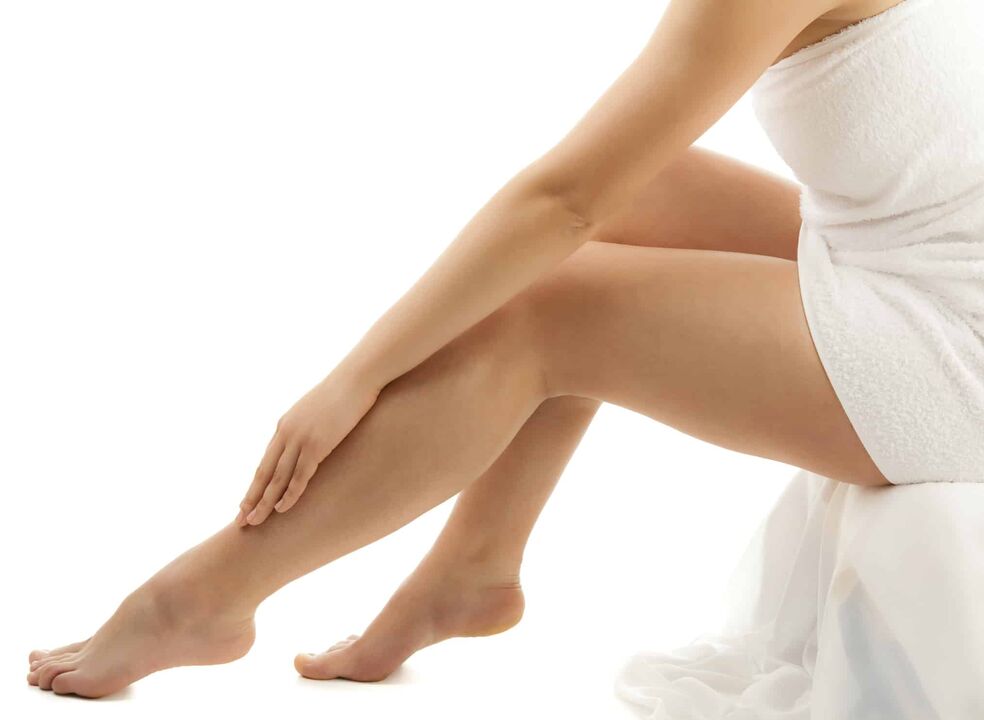
Varicose veins are a disease that affects 30% of the world's population. This disease can be a problem for anyone regardless of lifestyle, gender and age. But how to deal with this disease? TV commercials promise rescue from traditional ointments in our veins, and the internet is full of articles about home remedies. So how to deal with this problem to forget it forever? Candidate in medical science, doctor of the highest rank, head of the vein center talks about the important nuances of this disease and the modern possibilities of preventing and treating it.
Who is at risk?
Varicose veins are dilations of subcutaneous veins with concomitant violation of venous outflow. As the walls of the containers themselves become thinner, their size increases while their diameter becomes larger. Basically, varicose veins are a hereditary disease, although other factors can also contribute to the development of the disease.
"The disease will manifest itself sooner or later, " the doctor said. - If a person is a loader or a weight lifter, then he will face the disease earlier. If he sits in the office, then as he gets older. In women, for example, the disease is associated with hormonal factors: pregnancy, childbirth, oral contraceptives. "
People who stand up regularly, whose occupations are associated with constant and chronic stress, are always at risk of developing the disease. The choice of our shoes also affects: wearing high heels regularly can lead to disease. Those who are overweight and lead a sedentary lifestyle are also at risk.
Spotting varicose veins is simple: it's not a disease with hidden symptoms. First, the problem is immediately accompanied by an aesthetic defect: small blue-red blood vessels "stars" appear on the legs, and dark blue intradermal veins become visible.
Also, at the end of the day, the legs can become swollen, and the calf can feel heavy and painful after sitting or standing for long periods of time. Varicose veins are characterized by these symptoms disappearing after walking and sleeping.
How to treat?
Any disease can only be diagnosed and treated by a specialist. Therefore, it is absolutely impossible to buy all kinds of ointments and take medicine by yourself. Also, there are many types of varicose veins, and each type has its own technique.
"There are cosmetic varicose veins treated with lasers, and varicose veins treated with surgery: we remove them with the help of surgery, " explains the expert. – Surgical varicose veins are not treated conservatively. If it is, then the trunk of the great saphenous vein and the small saphenous vein will be affected, and the drug here cannot be saved. Have minimally invasive surgery - that is, surgery that makes small incisions. The most economical treatment is intravascular laser coagulation of the vein. What is the procedure? The light guide is inserted through the vein to close it from the inside. It's a complex operation -- the latest in a non-traumatic approach to the disease. "
Basically, experts use a stripping procedure to remove veins. This is a surgery that makes two incisions: the groin and the bottom of the leg. A probe is inserted there, and the diseased vein is removed in its direction. The process was very painful: a person limped for a long time, and the legs healed for up to six months. Until now, this type of surgical treatment for varicose veins was done for economic reasons: very cheap for clinics and hospitals.
an amazing paradox
Varicose veins have long been a female disease. A number of factors, such as wearing high heels, hormones, and genetics, are thought to be enough to put gender fairness in high-risk groups first. But in fact, the opposite is true – men suffer from the disease several times more often.
"As you know, morbidity is documented through referrals, and in most cases, women go to the doctor, " explains the expert. - Still, ladies are concerned about cosmetic flaws. In fact, men are more likely to develop varicose veins, but they will go to the doctor at the last minute when the trophic ulcer has already appeared.
There are general recommendations for preventing this disease. If your job is sedentary, try taking at least a 10-minute break every hour: walk around, massage your legs. For activities that require frequent standing, don't forget to take a contrasting shower in the evening and a foot bath with herbs. Also, don't forget moderate physical activity, which will strengthen the walls of blood vessels. Of course, choose comfortable shoes: tight shoes are not good for anyone.

















